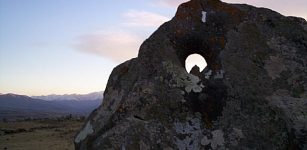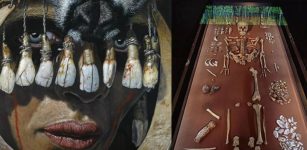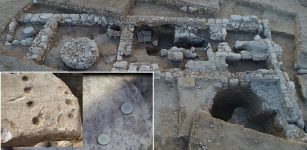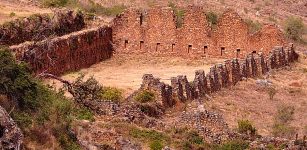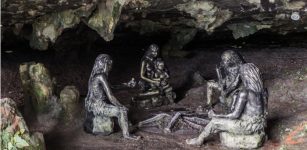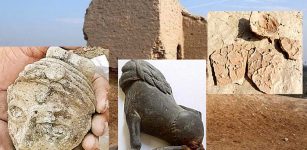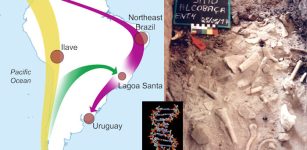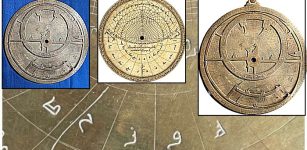Discovery Of Chromosomes Offers Evidence Of Ancient Humans Living In South America Over 18,000 Years Ago
Jan Bartek - AncientPages.com - According to a long-lasting theory, South America was populated by ancient humans who arrived in North America from Siberia approximately 14,000 to 17,000 years ago, using what was then a land bridge to Alaska. However, according to a new study conducted by scientists, a collection of chromosomes offers evidence that timeline should be pushed back a little.
In their paper, published in the journal PLOS One, the researchers elaborate on their results explaining "the human settlement of the American continent has been subject of extensive debate and controversy in the academic community for more than 100 years; central questions related to the time of arrival as well as the spatial distribution patterns are still open and under discussion. The scenario mostly accepted by both archaeological and genomic studies is the one that proposes a settlement of the American continent with an intermediate chronology between ~18,500 to 13,000 calibrated years before present (cal BP) and a human entry in South America shortly after. Moreover, other controversial hypotheses suggest a longer chronology with a South American settlement before 18,000 cal BP."
The science team has now found evidence of human Y chromosome sequences from an unidentified group in South America. "The human Y chromosome is used as a highly informative tool to investigate the history of human populations since it has the longest stretch of non-recombinant DNA in the entire human genome, and is completely transmitted from fathers to sons, containing a record of the history of the paternal lineage."
The recent reportedly bring promising results that can potentially solve the mystery behind the missing genetic link of the human migration into South America. By collecting tissue samples from 13 people living in Argentina who were believed to be descended from ancient migrants to the region (members of the Q Haplogroup), rather than the New World, scientists could study their Y chromosomes as a means of establishing a timeline. The next step was to compare the data with 89 samples published worldwide, belonging to Q Haplogroup, including 76 American and 13 Eurasian Y chromosome sequences."
Schematic representation of the geographic distribution of Q-Z780 and sub-lineages. Colored circles represent geographic distribution and sub-lineage membership as shown in the inset tree. Divergence times estimated in this study are represented in italics, in kya, and with a 95% confidence interval between parentheses (for more details see Methods). The size of the circles is related to the number of subjects and is specified with the "n" in the box to the right. Individuals with Mexican ancestry from Los Angeles have been arbitrarily represented in City of Mexico (for more information about samples, see S1 Table). Layer map downloaded from [100]. Credit: PLOS ONE (2022). DOI: 10.1371/journal.pone.0271971
The study's results allowed scientists to estimate how long people in South America must have been living there for their Y chromosomes to have the characteristics they have today. The researchers concluded that the first people came to South America approximately 18,000 years ago.
The study was published in the journal PLOS One
Written by Jan Bartek - AncientPages.com Staff Writer





